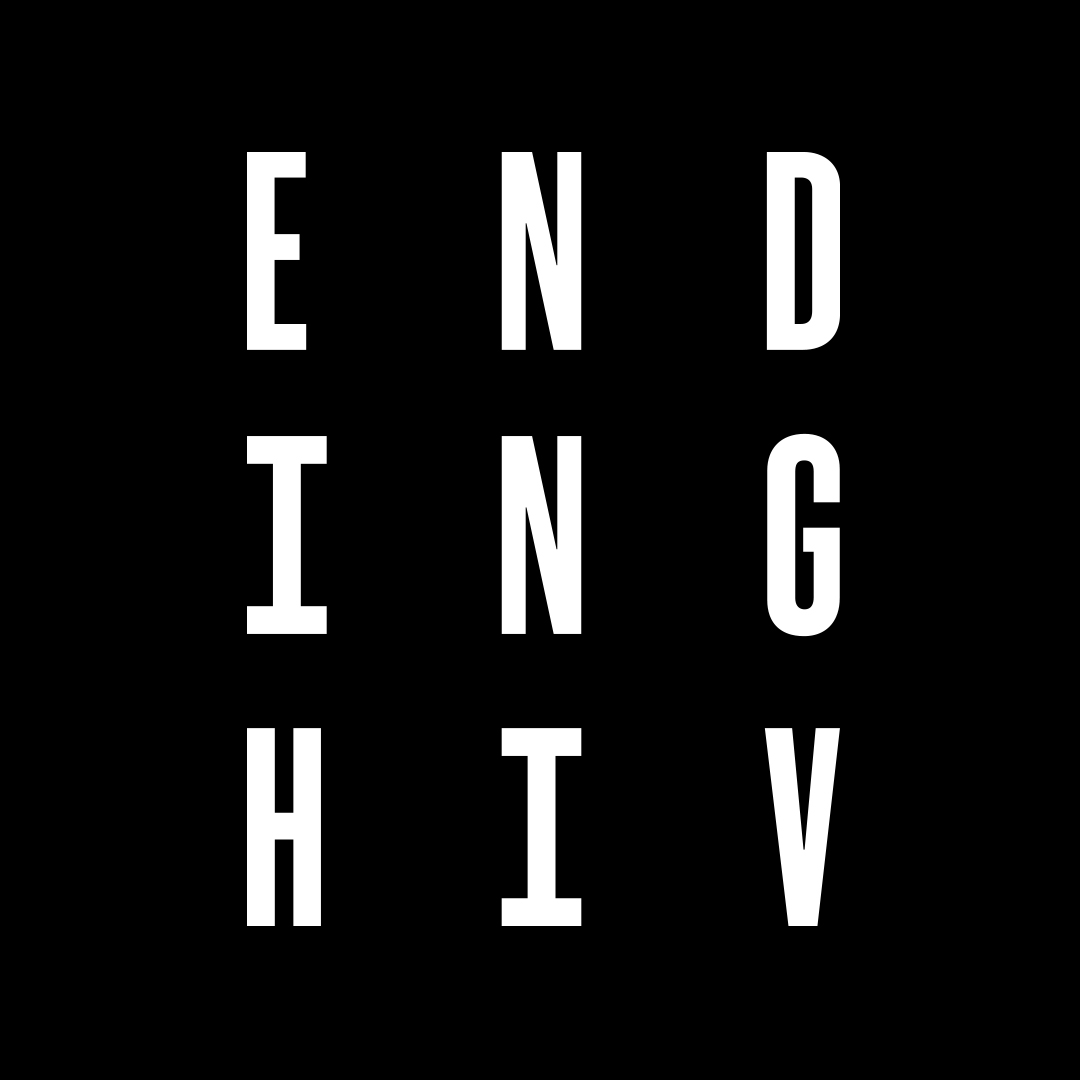HIV and the window period
HIV is renowned for being a complex virus that is difficult to eliminate from the body. But thanks to a global research community, we now know so much more about how the virus works, including how we can use testing to detect it.
Today, we have many different tests available to screen for HIV, which is great! Regular check-ups keep us all safe and healthy, so it’s good to know a thing or two about it. One of the things that you may have heard little about, yet is an important part of the science behind testing is known as ‘the window period’.
What is the HIV window period?
The HIV window period is the time between infection and when the virus can be reliably detected from a test.
It takes time for HIV to be detected in the body by a test. Most people who’ve had an unprotected exposure to HIV will test positive within 1 month after exposure, but a small number of people may take up to 3 months.
HIV testing looks for HIV antibodies and the something called the p24 antigen, which are both markers of a HIV infection. During the window period however, antibodies or the p24 antigen can either be absent or still too few to be detected by testing.
The Australian standard for HIV testing window periods is 3 months after a potential exposure. While some test’s window periods are shorter than this, if you receive a negative test result at 3 months after your potential exposure to HIV and you’ve had no risk of transmission during that time, it’s pretty safe to say you do not have HIV. However, if you’ve continued to be sexually active in that period then you will need to get tested again.
Why is the window period important?
The window period is important to keep in mind, as it means that while a person may not present any symptoms, or test positive for HIV during that time, they may have contracted HIV.
After contracting HIV, a person is usually highly infectious. HIV begins rapidly replicating in their body, which means it becomes easier to pass on, particularly if they don’t realise they have the virus. This is why always using a HIV prevention method like condoms, PrEP or undetectable viral load (UVL) is crucial.
What should I do if I tested inside the window period?
If you’ve been tested once already within the window period, you’ll need to wait until the end of the period to have a second test to confirm your testing result.
So, say for example you had a potential exposure on 1st January. Your 3-month window period would be up to 31st March. That means, if you test at any point during that period and the result is negative, there is still the possibility that HIV was not picked up by the test.
You’ll need to test again around the 31st March to be sure of your status.
Is the window period the same for other STIs?
Other STIs have different window periods, which in most instances are a lot shorter. Chlamydia, for example, has a window period of 7 days. That’s why it’s just as important to test regularly for other STIs to keep you and your partners healthy from anything that might have slipped under the radar.
How will I know when my HIV test is conclusive?
The best way to know your HIV test result is conclusive, is to have taken two tests 3 months apart (the window period) where you’ve had no unprotected sex in between the tests and the result for both was negative.
It’s recommended that gay and bi guys who are sexually active get tested for HIV and STIs once every 3 months. Frequent, routine testing is a good habit to get into as it means you won’t have to do tricky calculations to work out when to test next.
